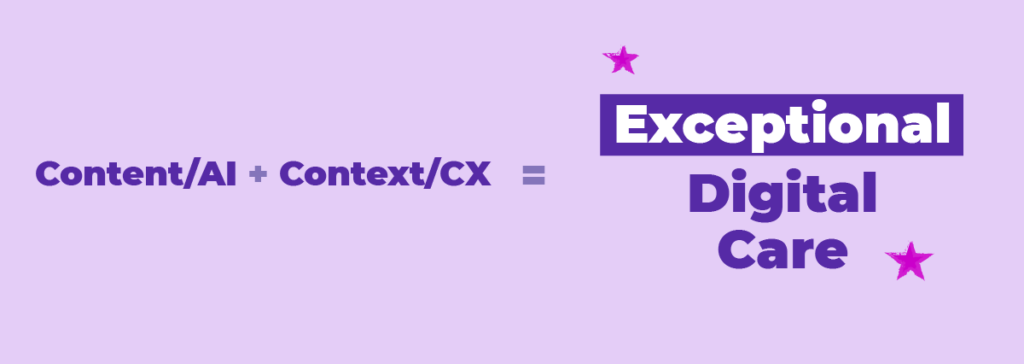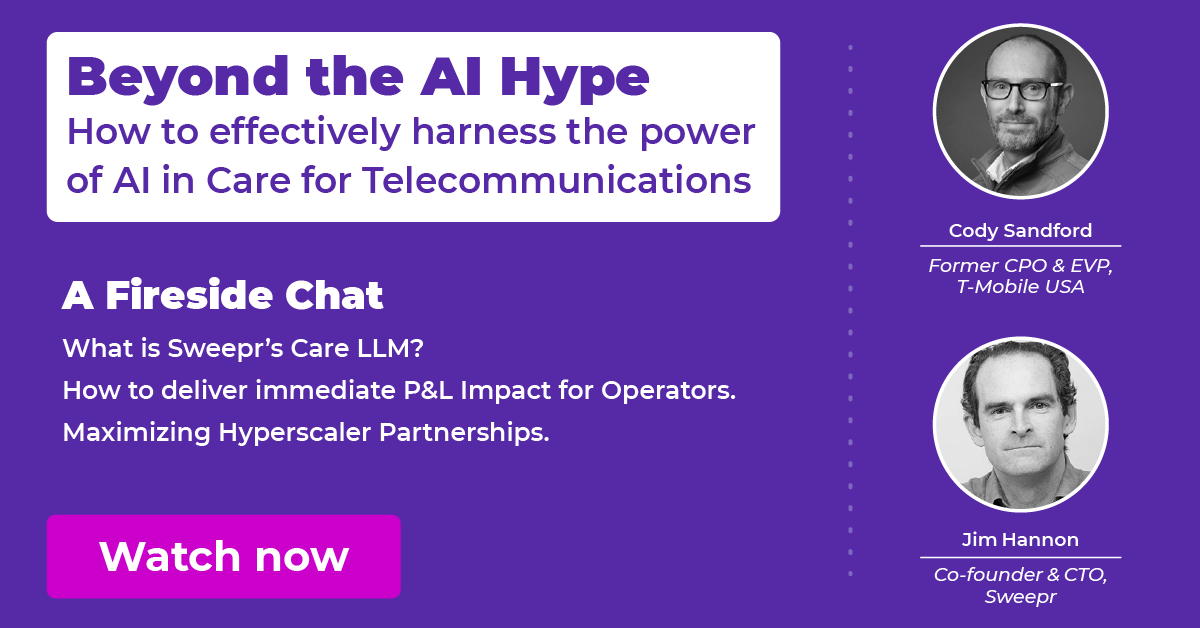There is no arguing that Generative AI has been a disruptive force in the past year, going from scientists’ fantasy to credible reality. Not so much because it didn’t exist before, on the contrary, but rather because the accuracy of the understanding of a user’s prompt along with the quality of the results given to that prompt have gone from merely amusing to relevant and helpful.
Every single industry has gone through an assessment of the impact of such an advance in technology: Are we obsolete? Can I downsize and delegate some of the tasks to Large Language Models (LLMs)? Do I still need this or that component in my technology stack?

The reality is that the world of AI provides a range of fantastic tools that need to be harnessed and used to perform time consuming tasks and improve intelligent decision making while we, as humans and corporations, can focus on the bigger picture: improving our lives and output.
AI provides a range of fantastic
tools that need to be harnessed
In the care industry, the fit is obvious to anyone who has spent a little time in that field. It would be foolish to deny that Generative AI most likely represents the future of Care content. Indeed, the ability to understand the natural language request from the subscriber and converse with them to land on relevant information is exactly what Chatbots have been trying to accomplish for the past 15+ years.
With or without AI, the question of CX remains. As knowledgeable as these AIs can be, they lack one crucial category of information: context.
As knowledgeable as these AIs can be,
they lack one crucial category of information:
context.
They might be able to locate the answer to a technical question within product manuals and Knowledge Base articles, but they don’t implicitly know:
- Who the subscriber is (segment, digital aptitude, patience, …?)
- What is the status of a local network or wide area network, a router or a device?
- Who the subscriber is to the business?
- What the issue they are experiencing is to them (is it recurring, preventing them from doing their job, threatening to have them churn, …?)
Additionally, LLMs have a limited understanding of how to format, split into logical steps and adapt your answer based on the context information mentioned above. In short, they have no knowledge on how to provide an outstanding customer experience – they need guidance based on deep knowledge of Customer Experience (CX).

To put it simply, you need both content and context. Where LLMs can provide you with the content and help you streamline future content generation, a digital care journey orchestration platform will gather the content and automatically generate educated prompts using the context data and structure it to do chain-of-thought prompting to obtain the best results from the LLM. This approach has been validated by industry experts and academics alike as being the most effective way to get high quality output from Generative AI. It will also, on the output end of the process, be able to structure the response and polish it to provide the best experience possible based on personalization, the channel in question and your own UX knowledge and strategy.
The tooling of the digital care platform plays the role of
the glue between generative AI content,
context knowledge and CX expertise
– while the platform runtime drives the
contextual chain of thought capability
the industry has recognised is needed.
Obviously, there are many other ways AIs can be leveraged to improve the scalability, relevance and efficiency of customer care. Follow Sweepr for some exciting announcements on the topic in the near future; our Product team is putting together some extremely compelling functionalities which will help our customers deploy top of the line digital care and realize sizable savings.

